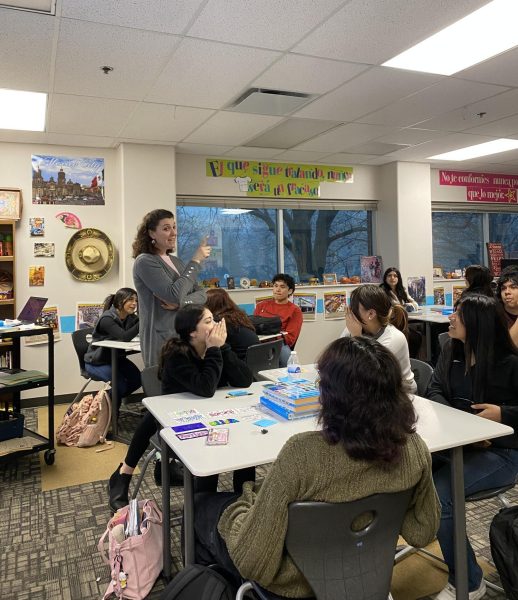New Jersey couple experiences Smithsonian Zoo

November 7, 2014
New Jersey Partners Karen Kent and Anne Cutillo made their first trip to Washington DC on Nov. 7. Since arriving in DC, the two decided to visit the Smithsonian Zoological National Park.
“We have never been to Washington. We wanted to do the whole tourist thing, and we wanted to see the baby panda,” Kent said.
Kent especially enjoyed seeing the newest member of the Smithsonian Zoo, Bao Bao the panda cub, whom she had seen within the panda exhibit alongside the other exhibited pandas. Though they rarely find themselves visiting the zoo, especially without the company of their children, the pair had found the zoo to be both an intriguing and innovative experience. Throughout their visit, Cutillo and Kent discovered implementations such as the Orangutan Transport System which is a series of cables that had began in the orangutan exhibit and lead through certain areas of the zoo.
They then discovered the treatments of the gorillas, this includes their use of human birth control, flu shots and computers in which they were able to play games on. Cutillo had believed that the volunteers on every corner were advantageous additions. Each volunteer they had seen at the exhibits had a plastic skull that they had used in order to create a visualization for guests when teaching them the behavior of each animal. The neoteric information that had been presented by the volunteers had engrossed Cutillo. They had been surprised by the size of the zoo due to its location.
“This zoo has more of an advancement, it is much bigger and the exhibits are also much bigger,” Cutillo said.
Kent and Cutillo are only two of the millions of people who have been immersed within the educational opportunities offered within the Smithsonian’s National Zoo. Within a mere two hours, Cutillo and Kent learned the development of the facilities ranging from the Orangutan Transport System to the medical treatments of the primates such as the utilization of birth control and the implementation of technology within their interactions.









